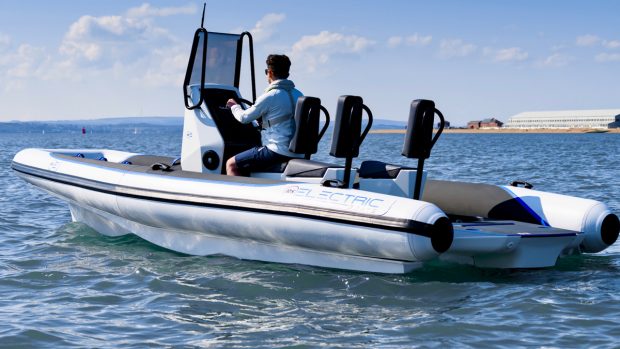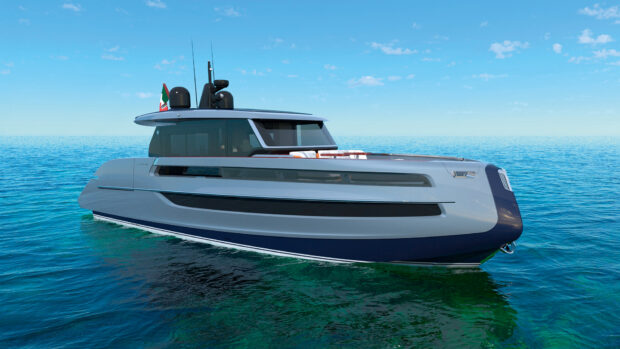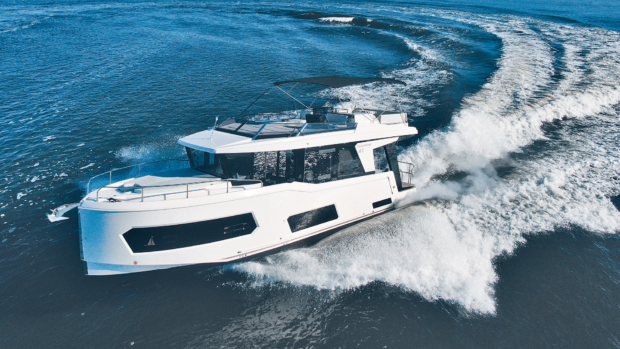Following complaints from boaters that its voluntary no-anchor zone (VNAZ) was confusing and hard to see, Natural England has replaced its marker buoys with a new system
In a further development to the contentious issue of a voluntary no-anchor zone (VNAZ) in Studland Bay, a new system of buoys are to be used to mark the area.
The VNAZ was introduced in October 2009 as part of an examination into the impacts of boating on seagrass in the popular anchorage of Studland Bay.
The introduction of the VNAZ divided boaters, some of whom questioned the motives of the steering group, which comprises The Crown Estate, Natural England, Royal Yachting Association and the Chair of the Studland Seagrass and Seahorse Study Group (SSSSG).
Despite the controversy, many boaters agreed to avoid anchoring in the VNAZ, although this wasn’t always as easy as it sounds.
Boaters have been complaining for months that the VNAZ is not clearly marked and in some cases the marker buoys have been mistaken for mooring buoys, and instead of discouraging boats they have been actively attracting them.
In a statement today, however, Natural Engand announced that a new system of yellow pillar-shaped marker buoys have just been put in place, which it says are “clearly labelled as markers for the zone and are highly distinguishable.”
The new marker system, which originates from the US, uses an innovative system known as a ‘Helix’ screw-in anchor attached to an elasticated eco-riser.
This system was developed in the US to protect boats against hurricane force conditions.
Fiona McNie, marine adviser for Natural England, said, “The main purpose of the new system is to keep the markers in place. However Natural England considers it a great opportunity to demonstrate their ability in the UK, to encourage boatowners to consider these or similar systems for mooring in the future.”









